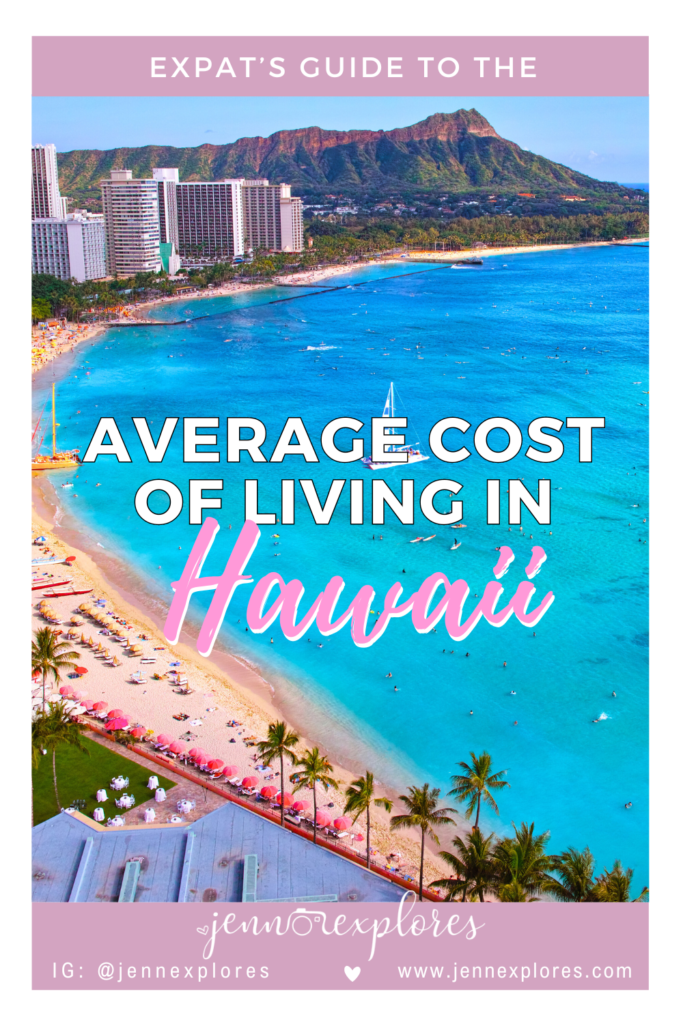
Have you fallen completely in love with Hawaii and are dreaming of living there, but are curious about the average cost of living in Hawaii? I’ve got you covered!
Hawaii, often referred to as the Aloha State, is a dream destination for many, offering unparalleled natural beauty, a warm climate, and a unique blend of cultures. However, living in this paradise comes with its challenges, primarily due to its reputation as the most expensive state in the United States.
The high cost of living in the Hawaiian islands is a significant consideration for anyone contemplating making this beautiful archipelago their home. Before taking the first step towards relocating to Hawaii, it’s a good idea to delve into the specifics of Hawaii’s cost of living, as it significantly influences the kind of lifestyle one can afford on these islands.
The overall cost of living in Hawaii is known to be among the highest in the nation, making it one of the most expensive places to live. This high cost is attributed to several factors, with the biggest being the high demand for housing coupled with limited land availability. This situation leads to higher costs not only in housing but also in daily essentials like food, energy, and transportation, as most goods have to be imported from the mainland United States or internationally, adding to their expense.
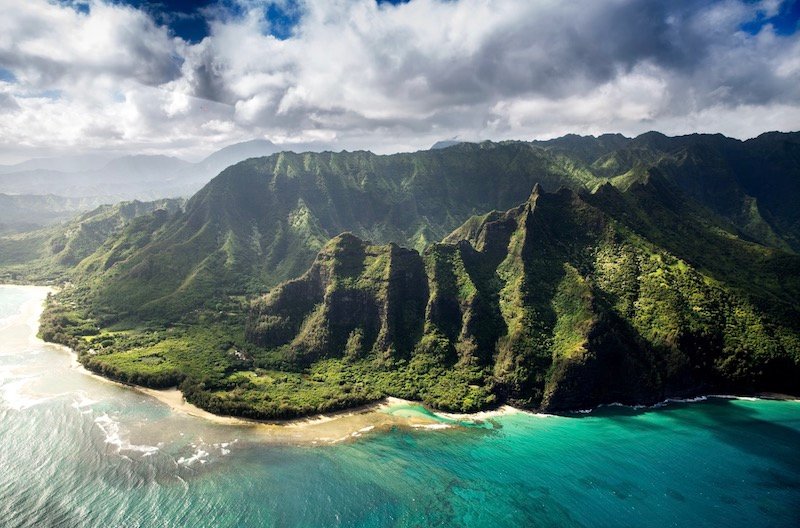
Understanding the specific components that contribute to Hawaii’s cost of living, from groceries and utilities to healthcare and leisure activities, is crucial. Each of these elements plays a role in the total financial picture for Hawaii residents. The kind of person who thrives in Hawaii is one who not only appreciates the islands’ natural beauty but also is prepared to navigate the higher costs associated with island life.
The allure of the islands’ natural beauty, beautiful beaches and laid-back lifestyle is undeniable, but the reality of the high cost of living requires thorough planning and preparation for your family size.
Let’s take a closer look at the overall cost of living in Hawaii!
Table of Contents
Toggle![]()
Cost of Living in Hawaii
Living in Hawaii is synonymous with embracing a lifestyle amidst unparalleled natural beauty, but it comes with a price tag that reflects its status as one of the most expensive places to live in the United States.
The cost of living in the Aloha State is a complex topic, influenced by its geographic isolation, limited land, and the high demand for housing. These factors combine to drive up the cost of everything from groceries to utilities, transportation, and, most significantly, housing prices.
Annual Salary Requirements to Live in Hawaii: $70,000+
For individuals or families considering a move to Hawaii, it’s suggested that an average salary of $70,000 to $100,000 for singles, or $120,000 to $200,000 for families, is necessary. (This study found the number to be $200,000 USD)
This figure starkly contrasts the national average median household income, which was around $80,000 as per the last census.
The gap between the current median income and what is considered necessary for a comfortable lifestyle illustrates the financial challenges many residents of Hawaii face. Housing costs are particularly staggering, with Honolulu’s expenses being 202% higher than the national average.
Hawaii’s Cost of Living Index: 180.3
The Council for Community & Economic Research (C2ER) reports Hawaii’s composite cost of living index at 180.3, with 100 representing the national average, indicating a significant deviation from the rest of the country.
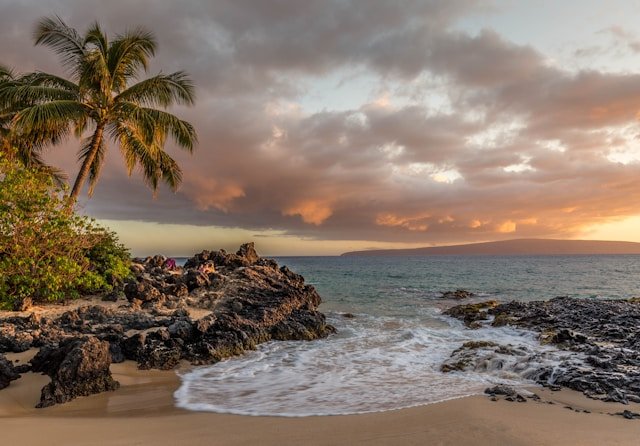
Hawaii’s Housing Index: 313.1
Cost of housing in Hawaii is a major factor in the state’s high cost of living. As of the last year, the housing index stood at 313.1, meaning housing costs are more than three times the national average!
Home Purchasing Costs in Hawaii
The median home sale prices further illustrate this point: a single-family home on the island of Oahu was at a median of $996,500, with condos at $510,000.
What does that translate to in terms of income requirements?
For those looking to purchase a home, the financial requirements are steep. A median-priced home on Oahu necessitates an income of approximately $132,600, considering a 20% down payment and current interest rates. The scenario for purchasing a condo is slightly less, but still requires a substantial income to manage mortgage and maintenance fees.
These prices reflect not just the demand for housing but also the premium placed on the limited space and the luxury of island living.

Renting Costs in Hawaii: $1900 USD + per month average rent
The long-term rental market offers a glimpse into the monthly financial commitment needed to reside in Hawaii. For starting rental costs, small studio rentals average a whopping $1,900 USD per month, with prices scaling up from there based on location and size, emphasizing the high cost of living across the board. Based on information from Numbeo.com, the monthly rent for a one-bedroom apartment located in the central area of Honolulu averages about $2,200.00 USD per month.
More Hawaii Blogs You Might Also Want to Check Out:
Best Places to Stay in Maui for Couples
The BEST Snorkeling with Dolphins Tours in Hawaii
The Very Best Hawaii Luxury Vacation Rentals
Best Hawaii 7-day Itinerary: One Week on Each Island
The Very Best Hawaii Luxury Vacation Rentals
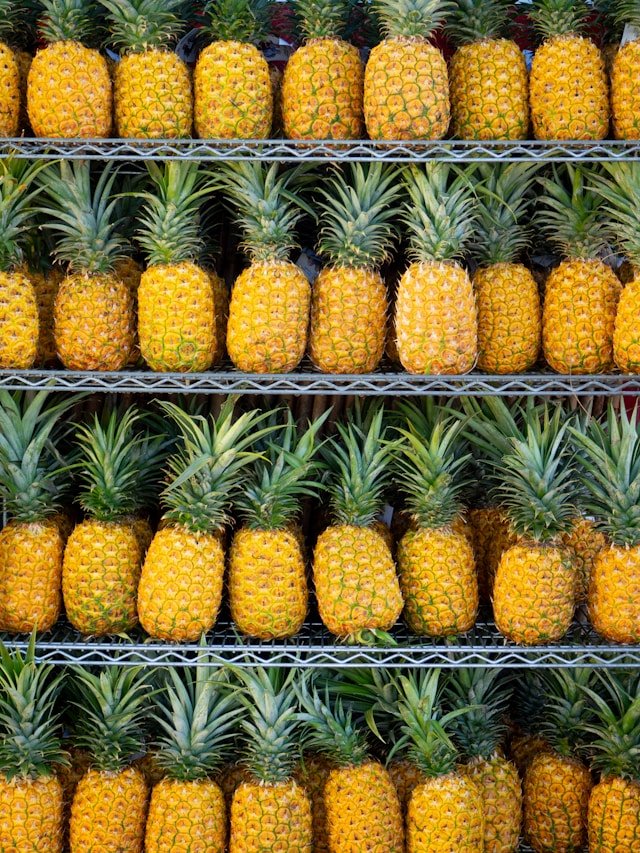
Cost of Groceries in Hawaii: $1000-$1200 USD per month
In Hawaii, you’ll find all the typical groceries and food items you’re accustomed to seeing elsewhere, including essentials like bread, eggs, dairy products like cheese and milk, and various meats. While produce unique to your local area might not be immediately available, specialty stores often stock these exotic items.
The grocery shopping experience in Hawaii is quite enjoyable due to the state’s rich cultural diversity. With residents from a wide array of backgrounds, the food scene here is a melting pot of global cuisines and ingredients, reflected in the numerous specialty stores that cater to specific cultural preferences.
Thanks to the tropical climate and consistently mild weather of its remote location, Hawaii is ideal for cultivating plenty of delicious and fresh fruits and vegetables. Local farmers’ markets are a weekly highlight where you can find fresh, homegrown produce such as pineapples, papaya, lilikoi, dragonfruit, breadfruit, lychee, coconuts, guava, soursop, and more.
The variety of locally grown produce means many items don’t need to be imported from the mainland, making grocery shopping more cost-effective in Hawaii. The island is known for its avocados, mangos, and particularly macadamia nuts, among the state’s most celebrated crops.
Restaurants across Hawaii, from fine dining establishments to local eateries, prioritize using local ingredients, showcasing the best of what the islands have to offer. This emphasis on local produce not only supports the agricultural community but also enhances dining experiences, offering a true farm-to-table experience that leverages the diversity of Hawaiian agriculture.
Regarding food prices, expect to spend between $1,000 and $1,200 USD per month on groceries, reflecting the premium for living in this beautiful, albeit expensive, island paradise.
![]()
Transportation Costs in Hawaii:
Private Vehicle Ownership
Owning a private vehicle in Hawaii provides the advantage of freedom of personal mobility, but also comes with its own set of hurdles in Hawaii.
If you’re considering bringing your car from the mainland, remember there’s more to it than just shipping. You need to consider maintenance checks, documentation, and how to properly prepare your vehicle for transport. And if you’re still paying off your car, you’ll need permission from your lender to ship it.
Shipping costs from the mainland can vary, especially based on your departure point. It’s relatively straightforward from the west coast but more complex and costly from other places, with prices costing up to $3,000+ per vehicle. During transit, your car can only hold specific items and the gas tank must be less than a quarter full.
Upon arrival, keeping your vehicle in top condition is key due to Hawaii’s salty air and strong sunlight. Regular washes, waxes, and using a car cover can greatly help in protecting your vehicle.
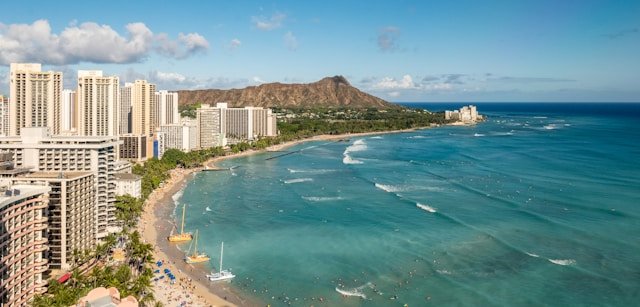
Gas, Registration, & Parking Costs
As of January 2024, the average gas price in Hawaii was about $4.7 per gallon, with variations depending on the grade.
Parking in busy places like Honolulu can be a challenge, with compact spaces and steep fees. Resources like Parkopedia can help find parking spots.
Vehicle registration fees are also on the higher side, particularly for heavier vehicles, with costs varying by county.
To save on transportation, some newcomers to Hawaii opt for becoming a one-vehicle household.
Traffic in Hawaii
Don’t underestimate commute times. Oahu’s road system, especially, has its bottlenecks, significantly affecting travel times during rush hours. You’ll find this to be similar in other Hawaiian cities. Choosing a home with your commute in mind can save you considerable time.
In certain scenarios, having a car offers unmatched convenience, especially if your home is in a more remote area but you work in the city.
Other Transportation Suggestions
Living closer to the urban core of your island minimizes the need for a car. These areas offer great accessibility to walking, biking, and public transport, with car rentals available for the occasional longer trip.
Car Rentals in Hawaii
Car rental prices fluctuate throughout the year depending on tourist season, so it’s wise to book in advance, even if you plan to only rent a car during the weekends or days when you really need to travel somewhere quickly.
Public Transportation / Bus in Hawaii
Public transport options provide wide coverage across each island, with fare caps to make travel affordable.
Oahu – TheBus
Oahu’s bus system, known as TheBus, is considered Hawaii’s premier bus system, offering extensive island coverage and frequent service.
Maui – Maui Bus
The Maui Bus provides public transportation services across the island of Maui, facilitating access to major destinations.
Kauai – Kauai Bus
The Kauai Bus serves residents and visitors on the island of Kauai, offering routes that connect key locations throughout the island.
Hawaii (Big) Island – Hele-On Bus
On the Big Island of Hawaii, the Hele-On Bus offers public transportation services, connecting various communities and points of interest across the island.
Things to keep in mind:
- Besides the government-run bus services mentioned earlier, alternatives like taxis, Uber, and shuttle services are readily accessible across all the primary islands.
- As of current, Lanai and Molokai do not feature any public bus systems.
- If you’re debating between utilizing public buses or opting for a car rental, consider reviewing the bus routes in relation to the attractions you’re interested in visiting.
Bike Rentals in Hawaii
Bike rentals are also available and usually easy to come across.
Choosing between vehicle ownership and other transport methods depends on your lifestyle and needs. Planning and understanding your options can help you navigate Oahu’s transportation landscape effectively.
![]()
Healthcare Costs in Hawaii
In 2020, the combined expenditure on healthcare by businesses, insurance companies, households, and government entities amounted to $12,024 for each resident of Hawaii. This places Hawaii at the 24th position nationally in terms of healthcare spending per capita.
The trend of healthcare spending is anticipated to rise alongside population growth, but analyzing per-capita spending offers valuable insights into how healthcare costs have evolved over time.
If you’re looking for an excellent remote worker or travel insurance coverage option, I highly recommend Safetywing Travel Insurance.

![]()
Best Things to Do in Hawaii
If you’re searching for some of the best experiences you can possibly have during your time in Hawaii, these are the tours I highly recommend!
Whether you’re considering a move for work, retirement, or the simple desire to live in paradise, understanding the Hawaii cost of living is the first critical step in achieving a dream life in one of the most beautiful, yet most expensive, locations in the world.
This will ensure that your transition to the Hawaiian lifestyle is as smooth and enjoyable as possible, allowing you to fully embrace the wonders of the Aloha State.

Other Cost of Living Abroad Blogs You Might Like….
Living in Puerto Rico: Pros and Cons, Cost for Expats

Living in Oregon – Pros and Cons, Cost of Living
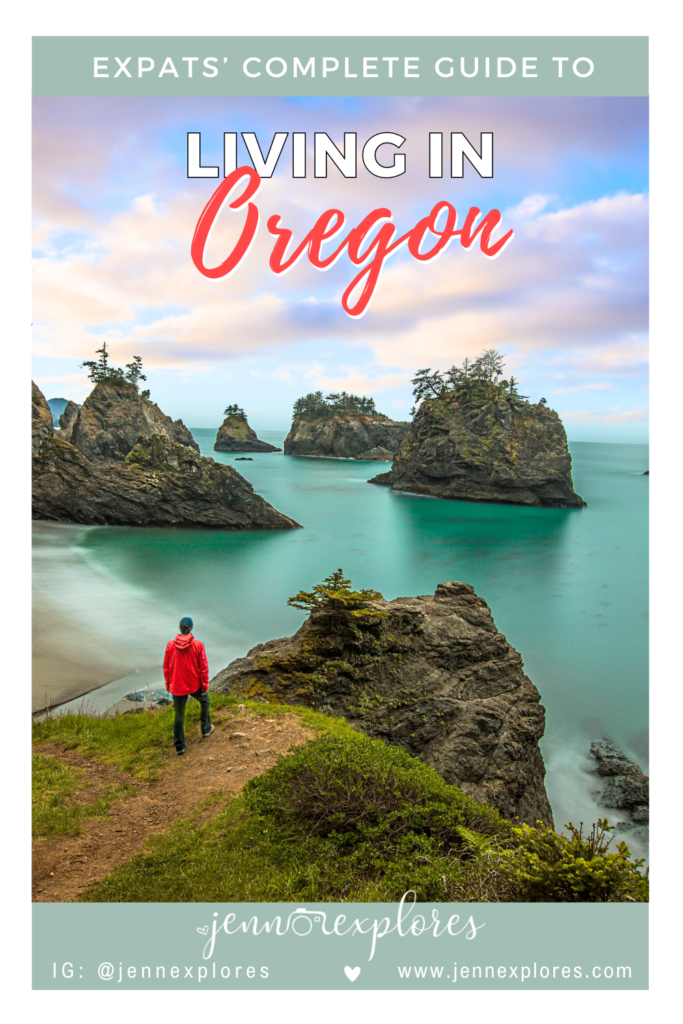
Other Hawaii Blogs You Might Like…
The BEST Snorkeling with Dolphins Tours in Hawaii
The Best Scuba Diving in Waikiki (Oahu, Hawaii)
Best Hawaii 7-day Itinerary: One Week on Each Island

The Very Best Hawaii Luxury Vacation Rentals
Best Places to Stay in Maui for Couples
The BEST Hawaii Black Sand Beaches You MUST See!
Polynesian Cultural Center, Oahu: Complete Guide
The BEST HAWAII Quotes for Your Instagram Captions
BEST Time for Whale Watching in Hawaii: Complete Guide
PIN FOR LATER

![]()











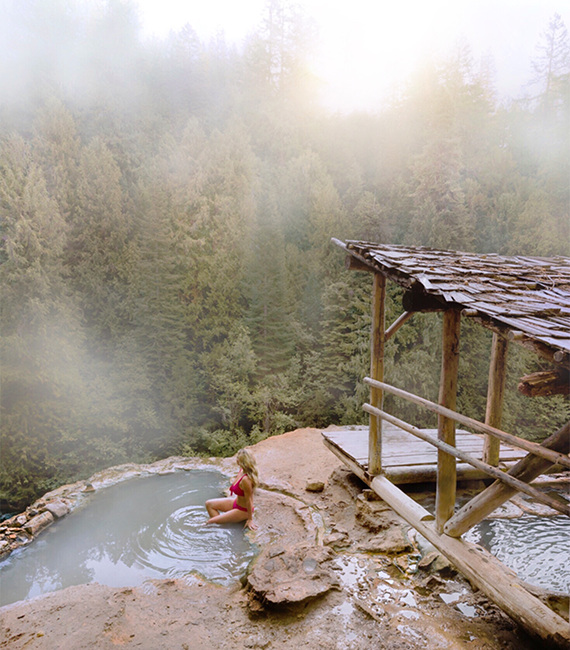







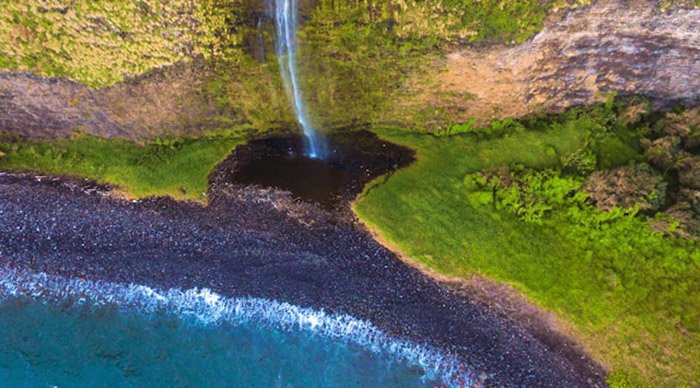



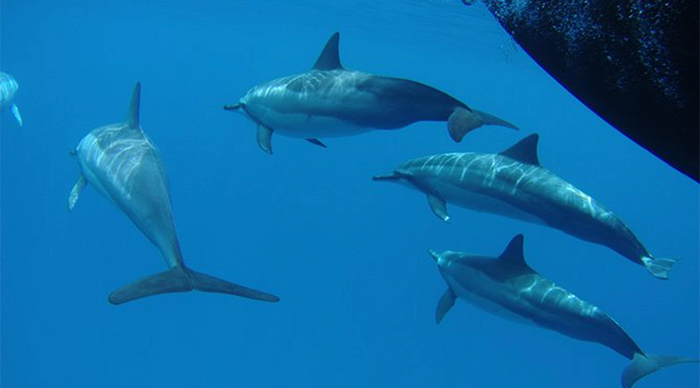
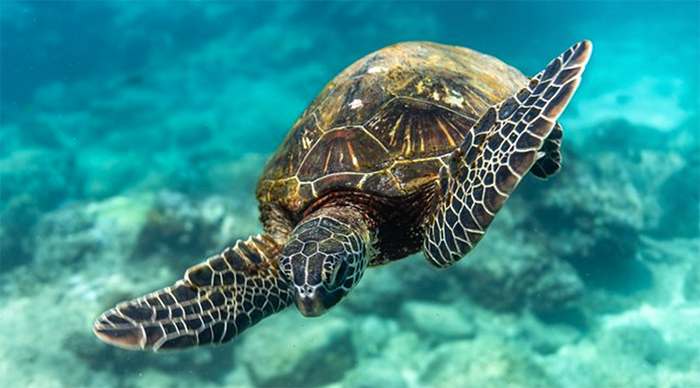
leave me a comment